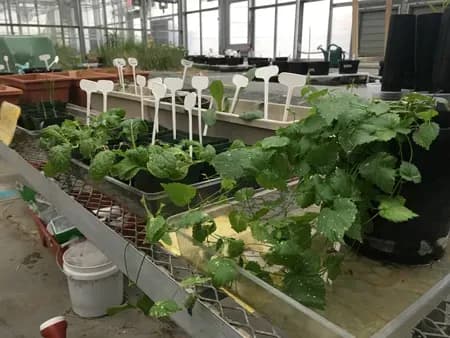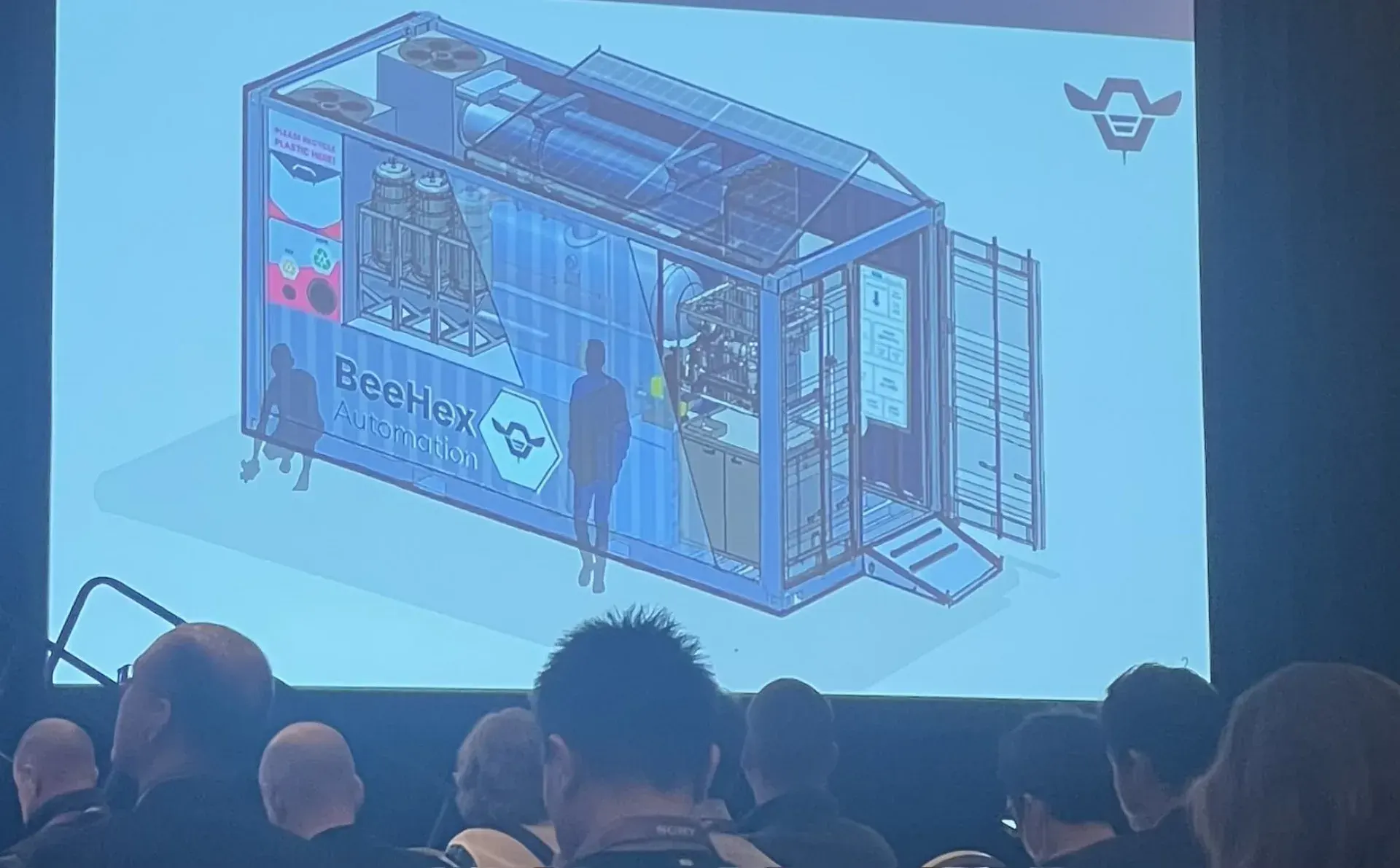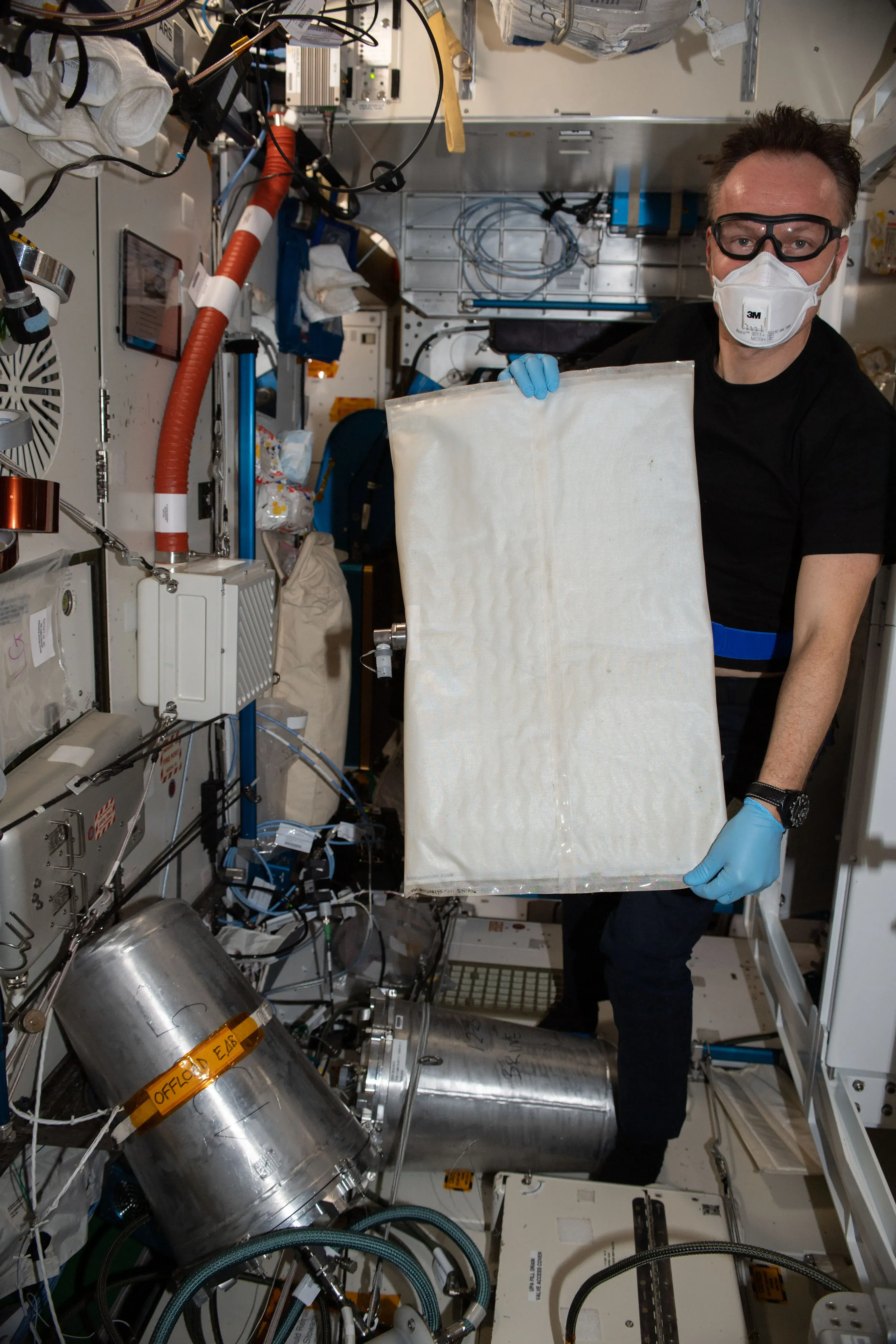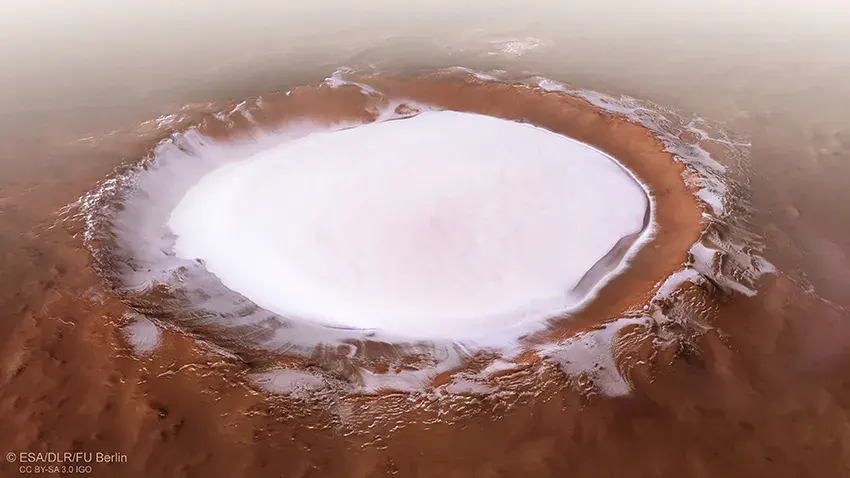Introduction
Our space travelling journey and settlement on Mars require a lot of different resources. These fundamentally include, food, water, fuel, and oxygen. Having a source and enough of these elements is essential for our crew to survive during the journey, as well as settling on Mars.
Food
Food is a crucial factor of our journey as well as on Mars. During the journey, there is nearly no way we could supply the crew with more food from Earth, so we must have enough prepared prior their departure. Since the journey is shorten by a lot due to the fact that we will be incorporating nuclear engines, it will now be only around 45 days (Gosse, 2023). This means that we only need to consider to consider the amount of food for the average person, times the amount of people who will be a part of the journey, which we have decided to be 50.
Food During Journey
For food during the journey, we plan to bring an amount of packaged food that would be able to supply the crew's daily needs of food. This is because on the spaceship, we would not be able to have enough time to grow crops, or grow the enough amount to supply the crew's need.
Food on Mars
Packaged Food
Packaged food is not a very sustainable solution as a food source on Mars. As we plan to settle on Mars, we will need to other continuous and viable food sources. For this, we have conducted research and listed out 3 primarily feasible ideas.
Growing Crops
Growing crops on the Martian soil seems like the most long-lasting solution. No modified soil needed and a lot can be grown at once. Some plants that can be grown on the Martian soil with the Martian-level sunlight include sweet potatoes, carrots, onions, kale, dandelions, basil, garlic, and hops. Others plants such as other russet potatoes could be grown however requiring special soil or light treatments (Guinan, 2018). This result is retrieved from the experiment conducted by a class astrobiology students with teacher Edward Guinan from Villanova University in Villanova, Pa, and is shown in Figure 1 below. These crops could be grown in a farm, agricultural or greenhouse area on Mars with the local Martian soil.

Growing NASA's Pioneer Plant
NASA's designer plant project essentially include NASA funded scientists who work on designing plants that could survive the different environment on Mars. They aim to create a new plant which is able to "provide oxygen, fresh food, and even medicine to astronauts while living off their waste" (NASA, 2013). The pioneer plant is not completely developed yet, so this could be a cover for when other sources are unable to provide food.
3D Printed Food
3D printed food is another idea that could work as a backup. This is because 3D printed food require plastic, as well as the shredder and bioreactor. 3D printed food is also a rather new ideology which has only be more widely studied and researched on in the recent years. (Perchonok, 2018)(Agard, 2023).

Water
Water is another essential factor for surviving on Mars, as well as during the journey for our astronauts to survive. According to NASA, "Each crew member (on ISS) needs about a gallon (around 3.75) of water per day for consumption, food preparation, and hygiene such as brushing teeth." (Gaskill, 2023), so we have made an assumption that we need around 3.75 x 50 = 187.5 litres of water per day for a crew of 50 people during the journey and settlement on Mars.
Recycling Water
Settling on Mars, we must have a system of water treatment, which will help us to recycle the water we extract from the ice of the south pole, as well as the Martian soil. According to BBC, the astronauts were able to "recover 98% of the water they brought with them, now in the form of urine and sweat produced by the astronauts, and have turned it back into clean water." (BBC, 2023) "A smart piece of kit called the Environmental Control and Life Support System (ECLSS)" is developed by their team to filter the impure water, with a chemical reactor which would break down the impurities in the water, turning it into clean drinking water. With this technology similar to the system used in the ISS to recycle water, we would be able to recycle enough water for us to run on, until other sources of water are found to support our usage. (BBC, 2023)
Water during the Journey
For water during the journey, we would have to bring enough amount for us to use, especially considering the large payload capacity and weight of the Starship. Combined with the water recycling technology, we would be able to supply enough water for 50 astronauts and their daily usage.
Water on Mars
For a staying a rather long period of time on Mars, we have considered different solutions to lack of water supply on Mars. The lack of supply of water on Mars is a major issue which we will face upon arrival. For this, we conducted research and decided on 3 supplies of water on Mars.
Recycling Water
Settling on Mars, we must have a system of water treatment, which will help us to recycle the water we extract from the ice of the south pole, as well as the Martian soil. According to BBC, the astronauts were able to "recover 98% of the water they brought with them, now in the form of urine and sweat produced by the astronauts, and have turned it back into clean water." (BBC, 2023) "A smart piece of kit called the Environmental Control and Life Support System (ECLSS)" is developed by their team to filter the impure water, with a chemical reactor which would break down the impurities in the water, turning it into clean drinking water. With this technology similar to the system used in the ISS to recycle water, we would be able to recycle enough water for us to run on, until other sources of water are found to support our usage. (BBC, 2023)

Ice from the North Pole of Mars
On the south pole of Mars, there has been confirmed a certain amount of ice, of which we could melt and use as a supply of water for daily usage. However, this idea is not sustainable for the long term considering that the ice from the North pole of Mars is limited. In this case, the water from the ice of the south pole could be used as an emergency and potentially initial source of water, when the other solutions are unable to function, or if we are unable to generate enough amount of water to supply the crew.

Water Extraction from Martian Soil (from the JEET team)
Extracting water from the Martian soil is another supply of water we could utilise for daily use of water needed for our crew to survive on Mars. This idea is from the project Water Extraction from Martian Soil conducted by the JEET team. This solution essentially include heating the Martian soil to, and in the process extract water from the soil. "The external dimensions of the entire water extraction system are 23cm wide, 30cm long, and 25cm high" (Wiens et al, n.d.) With this idea, around 200g of water per hour could be generated. Combined with the idea of extracting water form the ice of the south pole, as well as recycling water, we should be able to supply the crew of 50 people's daily usages of water.
Underground Ice Mining
As seen in Location, the location of our base is nearby underground ice. This is another potential source of water, but the logistics of extracting this, and the feasibility of it, would rest upon the colonisers.
Oxygen
Oxygen During the Journey
This will be provided by Liquid Oxygen Tanks, cooled by the same cryogenic techniques as Liquid Hydrogen in Ship & Journey. They will be kept as liquid in order to store more Oxygen for the limited volume available on the RUBBER I.
Furthermore, electrolysis of spare water can be conducted if Oxygen runs low.
Oxygen on Mars
Moxie
There will be many large-scale MOXIE generators, which is a machine by NASA which generates Oxygen by splitting Carbon Dioxide. This machine is shown in Figure 5.

Although the MOXIE air generator in recent tests did not produce much Oxygen, much larger versions of it, and many of them, should provide some source of sustainable Oxygen supply for the crews on Mars.
Water Electrolysis
This is a clear example of how in such a complicated trip, everything relies on everything else. Another major source of Oxygen on Mars is the electrolysis of water into Hydrogen and Oxygen. This will be a stable source of Oxygen once there is a stable source of Water and Power.
Electricity
Electricity During the Journey
Electrical power consumption during the journey is handled by the RUBBER I's immensely powerful power systems.
Electricity on Mars
Electrical power consumption during the journey is handled by the base's power production.
Fuel
Fuel for Initial Trip to Mars
As mentioned in Engine in Ship & Journey, the engines of the spaceship will involve a chemical engine and a nuclear engine. The chemical engine will be powered by liquid fuel, hydrogen. Obviously, there will be no easy way to refill the fuel tank of the spaceship during the journey, meaning that the hydrogen fuel needed for the journey to Mars will be brought with the spaceship to power the journey. The nuclear engine will be powered by a liquid propellent, liquid hydrogen, which is also to be brought as well as spare fuel for leaving Mars.
Fuel for Trips to Earth
As the fuel to power the nuclear engine is to be brought with the crew at departure from Earth, they spare amount of fuel should be able to power the crew to leave Mars. The chemical engine which is to thrust the spaceship out of Mars' orbit however needs fuel to be powered. The source of fuel for this engine could be obtained on Mars. LOX, methane and liquid oxygen is currently what is fuelling rockets to launch on Earth, but neither methane nor liquid oxygen exist on Mars. However, the new technology chemical catalysis can convert Martian carbon dioxide to LOX, which can be a supply of fuel to power the chemical engine.
Furthermore, there are deposits of radioactive materials on Mars, and Hydrogen is achieved by splitting water, which is required regardless for Oxygen. This will provide the mission with power for the Nuclear Thrusters.